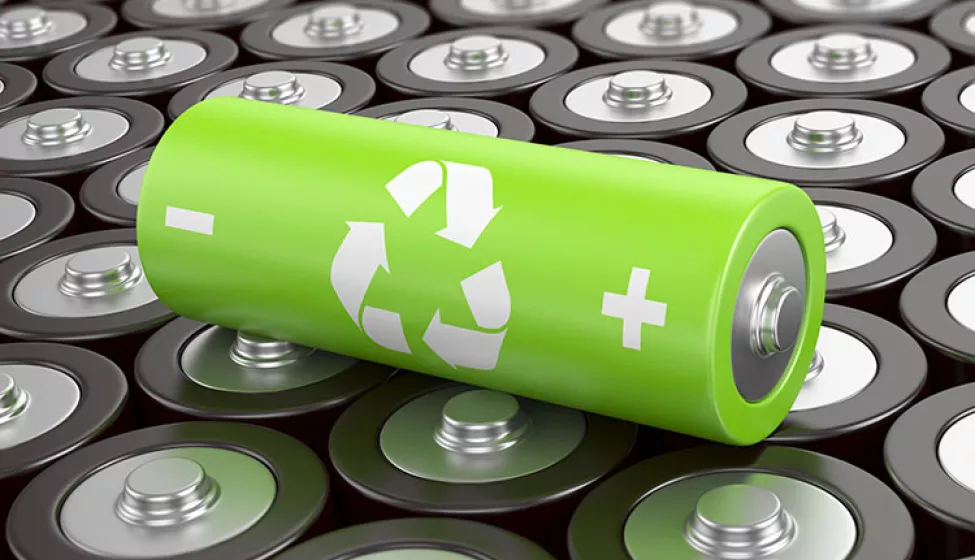August 16, 2023
The European Union's recent law champions a multinational policy trend toward swappable batteries
On July 10, the European Council adopted a waste-reducing regulation that sets a 2027 implementation mandate for manufacturers of portable appliances to feature replaceable batteries that can be easily removed by the end-user.
While news coverage of the EU regulation has focused on smartphones and tablets, the law's scope also includes electric bikes and e-scooters, which 8% of Europeans use as their main mode of transport, with numbers as high as 41% in the Netherlands.
From cellphones to light means of transport, the regulation requires portable batteries to be removable by end-users without using specialized tools or solvents. In addition, a limited provision for phones designed for waterproofed use in wet environments states that in such cases, the battery should still be replaceable by independent professionals rather than end users.
Given the impracticality of producing separate smartphones for the European market, the regulation will likely shape the global market for smartphones. Similar considerations arose when the EU standardized USB-C charging systems for electronic devices in October 2022. The "common charging solution" implemented by an amendment to the Radio Equipment Directive (2014/53/EU) requires manufactures to use USB-C charging systems for wired charging applications on a multitude of electronic devices. The new regulation will apply to products such as phones and tablets starting in 2024 and to additional products like laptop computers starting in 2026.
Recycled content and circular economy goals of EU regulation
The EU law overhauling replaceable batteries also features provisions that cover the entire battery lifecycle, from design to end-of-life. These provisions set metal recovery and recycling targets intended to boost manufacturer participation in a circular economy for batteries, including:
- Manufacturers will be required to produce a carbon footprint declaration for rechargeable industrial batteries above 2kWh, electric vehicle batteries, and light means of transport batteries.
- Strict waste collection targets for portable appliance and smartphone batteries will require 45% collection by the end of this year, with phased-in targets that increase to 61% recovery by 2031.
- Minimum recycled content provisions will set 2035 and 2040 targets for recovery of cobalt, lithium, nickel, and lead materials from portable appliance batteries.
Globally, the battery recycling industry is growing, and regulatory pressures pushing for recycling targets will only increase the economic viability of battery recycling operations. The creation of minimum recycled material requirements will make markets for both battery recycling and recycled materials for new batteries critical.
For example, a scarcity of recycled battery materials may prevent new batteries from being placed on the EU market from OEMs who do not have access to them, and this may drive prices of these materials up substantially. Maintaining a supply chain for recycled battery materials will be essential for an OEM to have reliable access to the EU market and any other market that imposes similar regulations.
General repairability requirements for consumer products
In addition to the battery-specific rules outlined in the EU Battery Regulations, more wide-reaching regulations regarding general repairability of consumer products have been proposed that will extend repairability and reuse considerations to support the EU Green Deal, which is part of a wider effort to reduce drivers of waste, among other initiatives. Should these types of more general repairability and reuse requirements become more widespread, it may be prudent for manufacturers to consider the potential impacts on all parts of the device instead of just considering the battery in insolation.
The exact legislation is in the early stages; however, current draft legislation discusses the following:
- Member State enforcement of a requirement for producers to repair goods (unless "repair is impossible").
- The ability of producers to subcontract repairs to fulfil any obligations.
- Producers ensuring independent repairers have access to spare parts and repair-related information as defined by Union legal acts (which may be amended over time).
- Repairers shall provide consumers with a "European Repair Information Form" before commencing repairs, providing information such as details about the repairer, information on the repair to be carried out, and collection timeframes and costs of the repair process.
As much of this overlaps with the EU Battery Regulation coverage of repair/reuse, some convergence of these requirements may occur over time.
Overlapping legislation could bring replaceable batteries to some phones by 2025
Another proposed EU law, Ecodesign for Smartphones and Tablets, focuses more specifically on personal communications devices.
The overlapping legislation is currently being considered by the European Parliament and Council, with a vote scheduled for September. If passed, the law would require smartphone batteries to be replaceable as soon as 2025.
Unlike the regulation passed by the European Parliament earlier this summer, the proposed Ecodesign smartphone law features an alternative means of complying: long-lived battery performance. Specifically, phone manufacturers can avoid replaceability requirements for phones equipped with a long-lasting battery that can maintain 80% capacity after 1,000 cycles — around five years of typical consumer use. While this requirement is consistent with many lithium-ion battery performance specifications, questions remain as to how often real-world usage compares to this technical specification and how the legislation could handle this disparity.
India, China, and three U.S. states advance battery swapping, right-to-repair legislation
While the EU's actions are likely to impact manufacturing and policy trends in other major international consumer electronics markets, similar approaches to replaceable batteries are emerging in India, China, and the U.S. across a variety of sectors.
Over the past year in India and China, for example, policy moves to increase access to battery swapping for limited-mobility vehicles and EVs have made progress. Battery-swapping stations allow vehicle users to quickly swap depleted batteries with already charged ones at swapping stations rather than plugging in the vehicle to recharge.
Last year, the Indian government think tank, NITI Aayog, also introduced draft legislation to standardize the interoperability of charging components at battery swapping stations. This year, the proposed law is being redrafted to address industry concerns and is expected to be reintroduced later this year. In addition, a Chinese EV maker is rolling out over 1,000 high-speed EV battery swapping stations throughout the country.
Meanwhile, in the U.S., New York, Colorado, and Minnesota have passed right-to-repair bills that compel manufacturers of certain types of electronics and farm equipment to provide repair, parts, tools, software, and components to consumers and independent repair providers alike.
For battery stakeholders ranging from OEMs to tech firms to third-party manufacturers, some considerations of these widespread industry battery trends are:
- Third-party repairers are likely to need access to technical product information to ensure products meet original product specifications and tolerances, which is particularly important for safety requirements. This will likely place a burden on OEMs and may raise concerns around sharing sensitive information about a product and its components. If OEMs wish to only pursue in-house repairs of products, sufficient resources will need to be allocated for any relevant activities relating to this.
- Product designs may need to be adapted to allow for repairability. Products not designed with repairability in mind may not be repairable or may only be safely repairable upon provision of substantial, possibly sensitive, product information from the OEM to relevant third-party repairers. For the EU regulations specifically, OEMs may also have to defend or justify their position if they say that a product is "unrepairable."
- Consideration may need to be given to various interactions a consumer or third party may now have with the device or its components that had not been originally intended. The processes and means by which a user may now access and interact with the product, its battery, and the battery compartment may need to be assessed for safety, efficacy, and user experience while targeted communications, including warnings and instructions, may be appropriate to develop.
- Spare part availability needs to be considered to allow for safe repair. Complex product components, such as battery packs and circuit boards, may not be easily repairable and may need to be replaced in their entirety. This may result in the following:
- Supply chains expansion to ensure replacement parts are available.
- Development of a spare parts approval process.
- Regulations needing to balance manufacturer control/approval of acceptable spare parts and consumer freedom of choice.
- Confusion regarding responsibility that repair standards are maintained and liability in case they are not.
- There will need to be processes for ensuring repair work is carried out to an adequate standard, whether conducted by users or third parties. Repair processes not carried out by the OEM may need to be regulated, particularly for complex systems or products that present a potentially high risk to end users if improperly repaired. Current EU regulations refer to third-party repairers, who may need to be approved before carrying out any repair work, and the approval process, regulation, and liability of third-party repairers would need to be considered.
What Can We Help You Solve?
Exponent helps our clients navigate the continually changing regulatory landscape for consumer electronics, e-mobility, and electric vehicle batteries. We support manufacturers across the whole product lifecycle, from supplier and logistics assessments, product design, and manufacturing reviews to customized product testing and root-cause failure analysis of products already on the market.

Consumer Product Safety Assessments: Thermal Sciences
Helping clients understand and adopt fire and chemical safety standards for consumer protection.
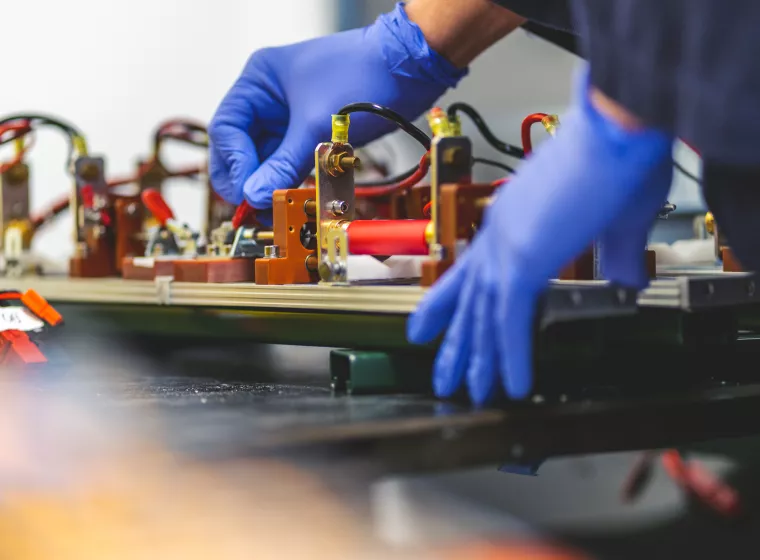
Battery Risk Assessments & Corrective Action
Li-ion battery risk assessment and corrective action services, including cost-effective tools for long-term monitoring.
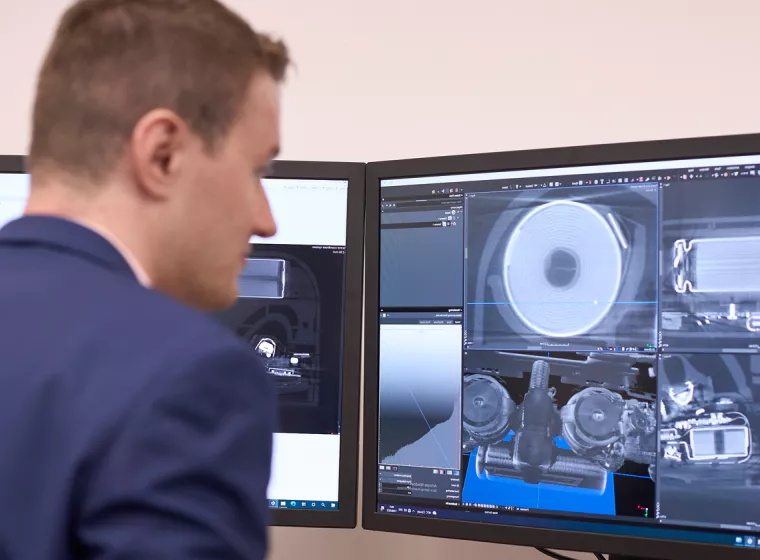
Battery Design Review, Quality & Safety Assessments
State-of-the-art battery design, performance, quality, and safety assessments to support manufacturers' requirements and industry standards.
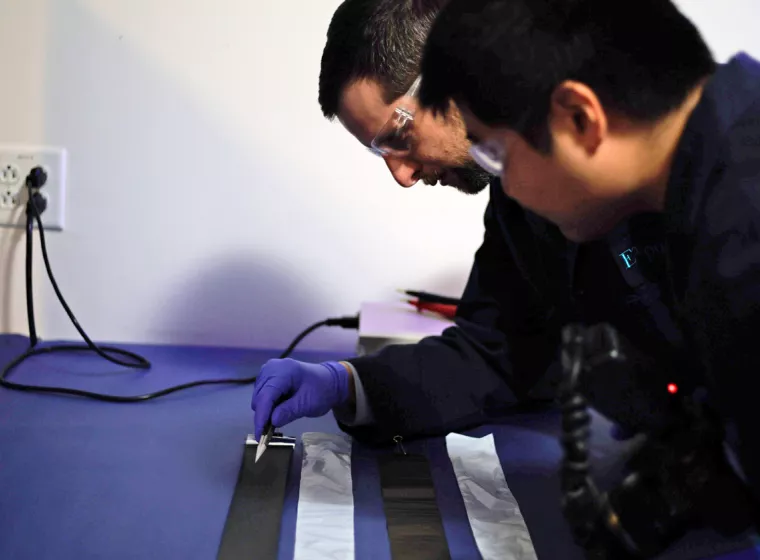
Battery Vendor Evaluation Services
Independent, objective analyses that empower innovative, reliable battery product journeys.

Battery Intellectual Property & Trade Secrets
Exponent advises clients on issues of intellectual property and trade secrets.
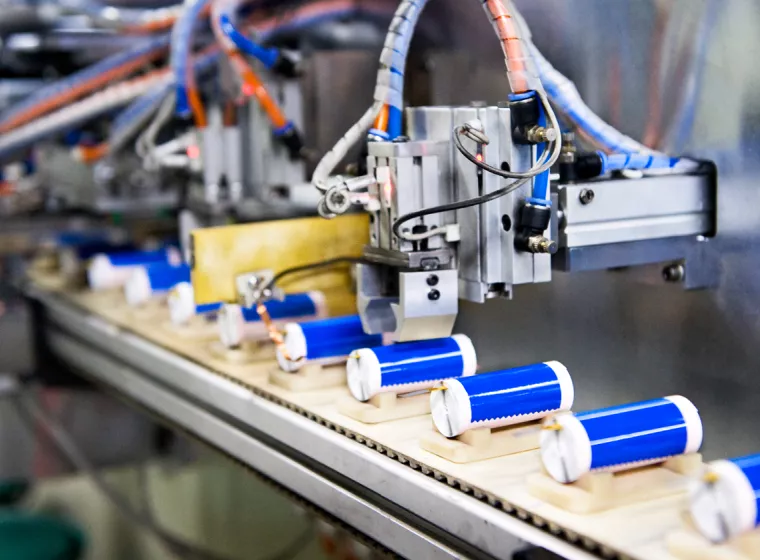
Battery Supply Chain Services
End-to-end battery supply chain support including evaluating potential manufacturer partners and suppliers
